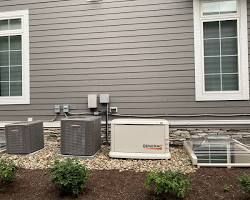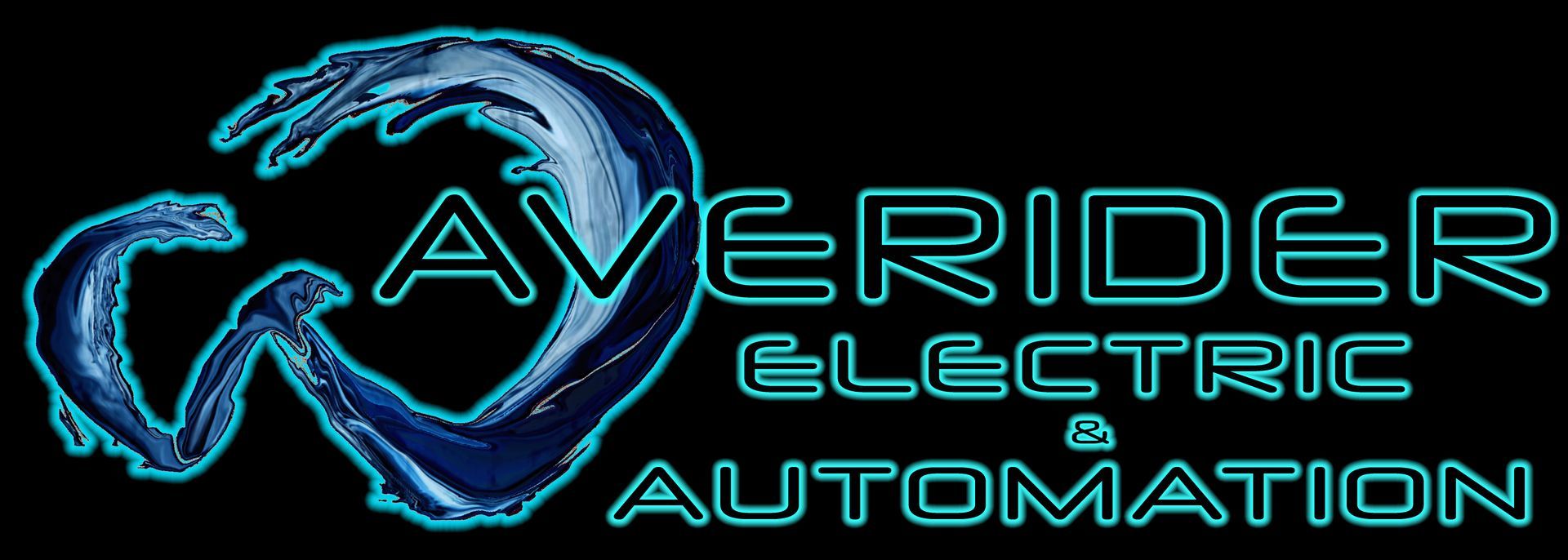Generators - Engineered Installs for Reliability
Generator Considerations

If you are investing in a whole house generator you are likely looking for peace of mind in the event of power loss. Properly Engineered and Installed systems ensure you will have reliable backup power when you need it for decades to come.
To ensure proper operation that will last every detail needs to be addressed.
- Spacing of the pad, generator to structure and landscaping, transfer switch, and associated conduit and fuel lines.
- Proper mounting and support of each component and sealing of openings and mounting holes to ensure no moisture or insects can enter.
- Using the proper wire size and type for all conductors.
- Proper routing, regulation, leak testing, and connections of fuel lines.
- Proper leveling and preparation of the base for the concrete pad to sit on.
- Sizing of the generator.
Common Generator Installation Failures
A bad installation often stems from a few common, critical mistakes. These errors not only violate electrical and building codes but also set the stage for catastrophic failure.
Improper Placement: This is one of the most frequent and dangerous errors. Installers may place units too close to windows, doors, or vents; under decks; or in areas with poor ventilation, creating a deadly risk of carbon monoxide poisoning. Placing a generator on unstable ground or in a flood-prone area can lead to mechanical failure.
Incorrect Sizing: An installer who fails to perform a proper load calculation may install a generator that is too small for the home's needs. This causes the generator to overload during an outage, leading to system shutdowns, tripped breakers, and potential damage to the generator's engine and connected appliances.
Faulty Wiring & Transfer Switch Installation: Many issues come from improper electrical connections. This includes loose connections that can overheat and cause fires, or failing to properly install the automatic transfer switch.
Ignoring Codes and Permits: A "DIY" or unqualified installer often skips mandatory local permits and inspections. This not only results in code violations but can also void the manufacturer's warranty and lead to denied insurance claims if a fire or other damage occurs.
Improper Fuel Connections: For natural gas or propane units, leaks from bad fuel line connections create a significant risk of fire or explosion.
The High Cost of a Bad Installation
The results of a bad installation are severe, turning a major investment in safety into a significant liability. These are the "maximum impact" consequences you can highlight.
☠️ Carbon Monoxide Poisoning: This is the single greatest danger. A generator placed too close to a home's openings can flood the house with colorless, odorless CO gas, which can be fatal in minutes.
🔥 Fire and Explosion: Improper wiring, loose lugs, fuel leaks, and an overloaded, overheating engine are all major fire hazards that can destroy the generator and the home it's meant to protect.
⚡ Electrocution and "Back-Feeding": Failing to install the transfer switch correctly can cause back-feeding—a situation where the generator's power travels back up the utility lines. This poses a deadly electrocution risk to utility workers trying to restore power. Improper grounding also creates a severe shock hazard.
System Failure: An improperly installed generator is unreliable. When a power outage occurs, it may fail to start, shut down unexpectedly from overloading, or be unable to power critical systems like HVAC, refrigerators, or medical equipment.
Damaged Appliances: Bad wiring and power overloads can send unstable electricity through your home, "frying" sensitive electronics like computers, TVs, and smart appliances.







